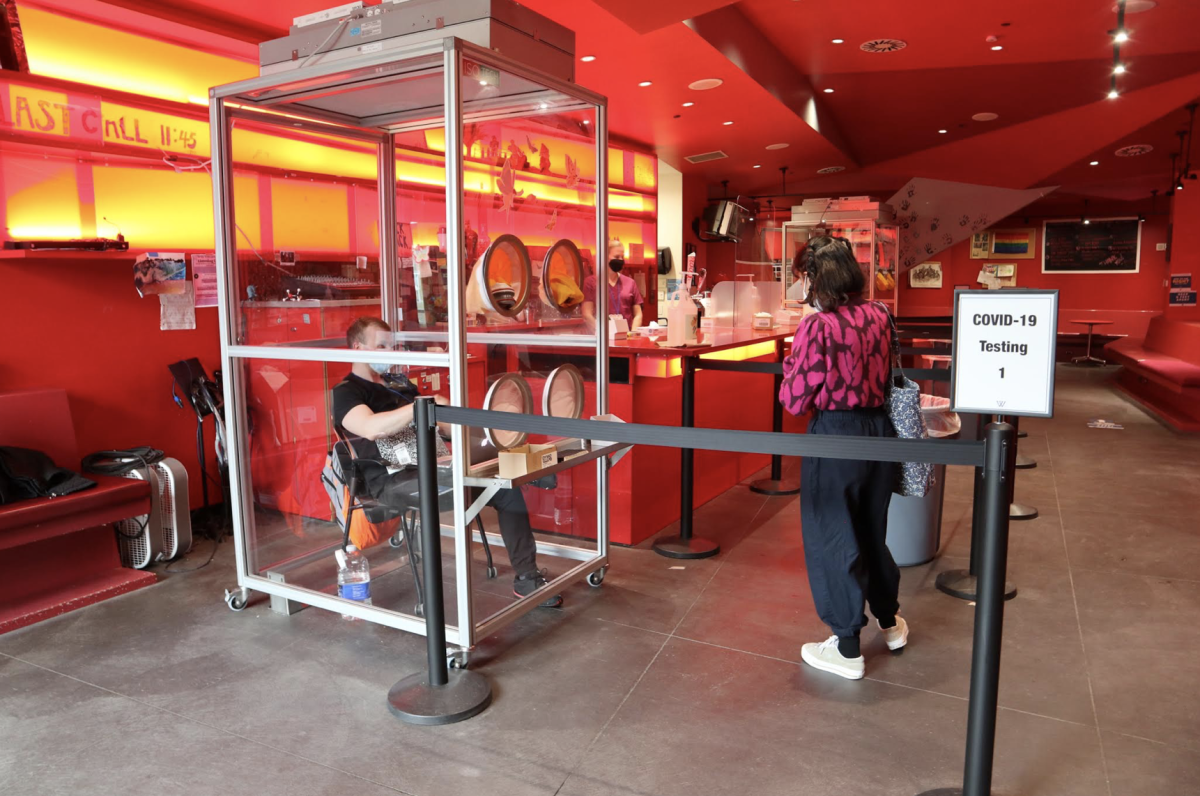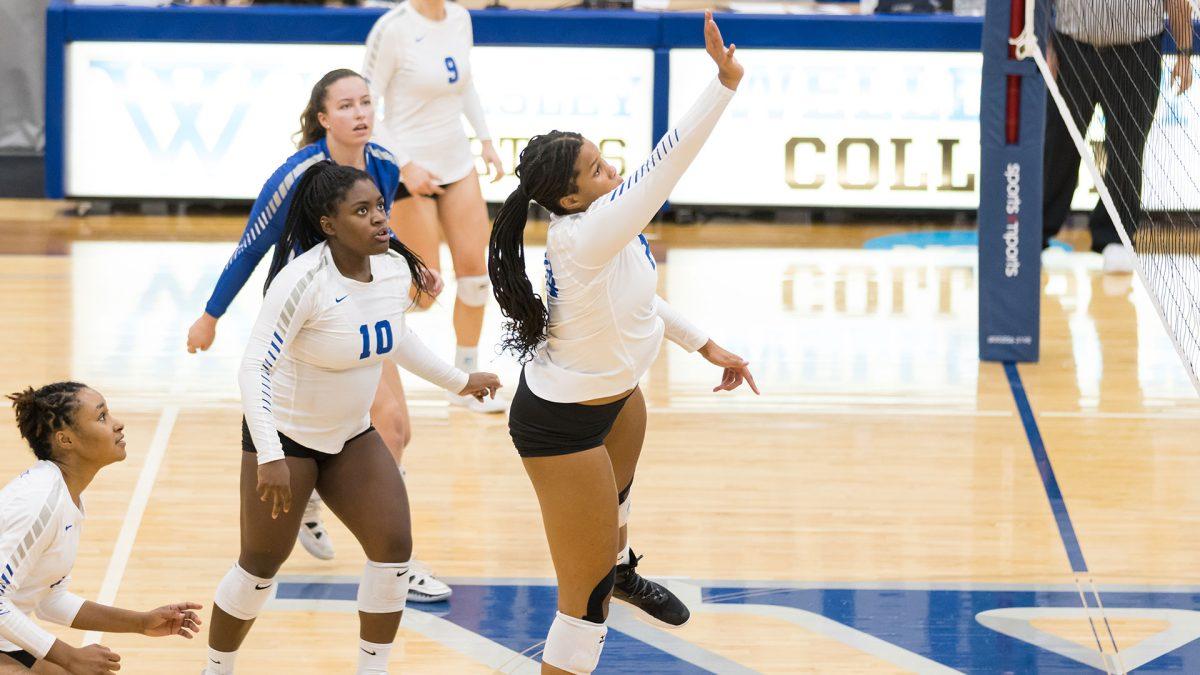Since Fall 2020, the College has mandated that students, faculty and staff undergo biweekly asymptomatic COVID-19 testing. While one can most often expect either a positive or negative result after their samples are sent out to the Broad Institute, some have received an invalid or inconclusive result, terms which each describe different errors in the analyses process.
So, what do these tests mean?
According to the College’s website, the Broad Institute has established categories to differentiate between results. These categories are invalid and inconclusive. Invalid results are tests that were not processed correctly, due to reasons such as incorrect labelling or the machine being unable to scan the barcode on the test tube. On the other hand, an inconclusive result is a test that is successfully able to be processed through the system but, yields a result that is “neither positive nor clearly negative.” While not necessarily a positive result, the College does require a student who receives an inconclusive or invalid result to adhere to in-room restrictions. As both of these fail to give a student a clear negative result, which is needed to confirm it is safe for them to go to in-person classes and participate in other on-campus activities, the College’s policies in response to an inconclusive or invalid test are similar. Thus, these words are often used interchangeably on campus.
On Oct. 15, 2020, Audrey Mock ’23 received an email notification from Campus Key Scheduler regarding an inconclusive COVID-19 test, indicating that the lab had been unable to process her test sample. The email advised her to re-test as soon as she received the email.
This occurrence is not usual, as inconclusive tests account for a small, but a far from insignificant portion of the College’s overall testing numbers. Since Feb. 2, 2021, there have been 656 invalid and inconclusive tests according to the College’s COVID-19 Dashboard. The campus understanding of these inconclusive results is often not as robust as the understanding of positive or negative results. Most often, it is those who have personally experienced an inconclusive result who know the most about them.
Taking into consideration the strict COVID-19 guidelines the College follows, receiving an invalid or inconclusive result can be scary and, in many cases, confusing for students. “I was a bit nervous about [it] at first just because I didn’t know what it meant,” Mock says of her inconclusive result. “But the email I received said there wasn’t any reason to be alarmed and it could happen for any reason, such as human error.”
Mock soon re-tested and received a negative result. While she later had more inconclusive results, she was less worried about the implications after re-tests came back as negative again.
The College’s policy towards dealing with inconclusive tests has largely remained the same the whole year, but the method of contacting students has changed. In the Fall 2020 semester, students would receive calls from Health Services only if they tested positive. For the Spring 2021 semester, Health Services now calls students to inform them of inconclusive or invalid test results and gives them instructions for actions they should take immediately. These include in-room restrictions until the student can test again.
Lorrie He ’18, a Wellesley alum and current member of the Broad Institute, explained the science behind evaluating test samples. According to He, the Broad uses a qRT-PCR assay, which is a way to quantity the amount of genetic material in a given sample. This is done to test the samples for the presence of genetic material from SARS-CoV-2, which is a strain of coronavirus within a larger family of viruses that cause upper-respiratory illnesses. The assay then uses two different probes, known as genetic material of interest, to amplify the SARS-CoV-2 material from the nasal swab sample. The key genetic information for COVID-19 testing is COVID-19 RNA, which controls the expression of the virus’ genes.
“If one probe gives a positive result, while the other gives a negative,” He said, “the sample is inconclusive.”
To dive into the scientific procedure, probes are mixed together with a fluorescent dye. The purpose of the dye is to bind with the probe and have the sample be detectable by a specialized machine. The machine will amplify the material through multiple PCR (polymerase chain reaction) cycles. PCR is a method to rapidly make millions to billions of complete or partial copies of a specific DNA sample.
“Depending on the amount of starting material in the sample, samples will need different numbers of PCR cycles to hit the threshold,” He said. “So you can call a sample positive or negative based on the cycle number.” Less viral material would require more cycles to hit the threshold, and samples beyond a certain cycle number are considered negative.
He offers a few possible explanations on why an inconclusive test may have occurred.
“My best guess for why someone might get an inconclusive result is because of a lack of viral RNA in the sample,” said He, “which could be because [they’re] actively recovering from an infection or they’re newly infected and virus production is just starting to ramp up.”
Like the College, He recommends lightly quarantining to continue monitoring one’s symptoms after an inconclusive test. She suggests treating the inconclusive result as a positive and until definitive results come back.
The College has acted accordingly and recommends students with inconclusive or invalid test results to follow safety and distancing procedures. On Feb. 26., Michelle Lee ’23 received a phone call from Wellesley College Health Services regarding an inconclusive COVID test. During their conversation, the representative at Health Services let her know that she did not have COVID-19, but had to follow some distancing guidelines before her next scheduled testing appointment.
“I’ve been testing since the Fall, and I have never gotten this.” Lee said, “I was really frustrated because I knew I was following rules and I don’t think I did anything differently,” echoing other student concerns that inconclusive or invalid tests might mean they have been exposed, or otherwise broke the College’s “bubble.”
Lee was asked to stay in her room as a cautionary measure, even brushing her teeth in her room, and was not allowed to eat in the dining halls. She was not allowed to be around people or walk into buildings, but could go on walks alone. Lee mentioned that resources Health Services included following the inconclusive results were information on their website, the class deans and the Stone Center counseling services. However, more information about “why this [test] happened would have been helpful” as well.
Mock agrees that additional information about the cause of the result would have made receiving the news more reassuring. Considering the pressure that students are already under to help the campus stay as safe as possible, the uncertainty of invalid or inconclusive results adds to the stress that students are already under.
“Whenever you’re in a situation and you’re nervous about something serious like COVID, more information can always be a little more reassuring.” Mock said. “If there was any way they could give more details about why a testing comes back invalid, that would be nice.”







